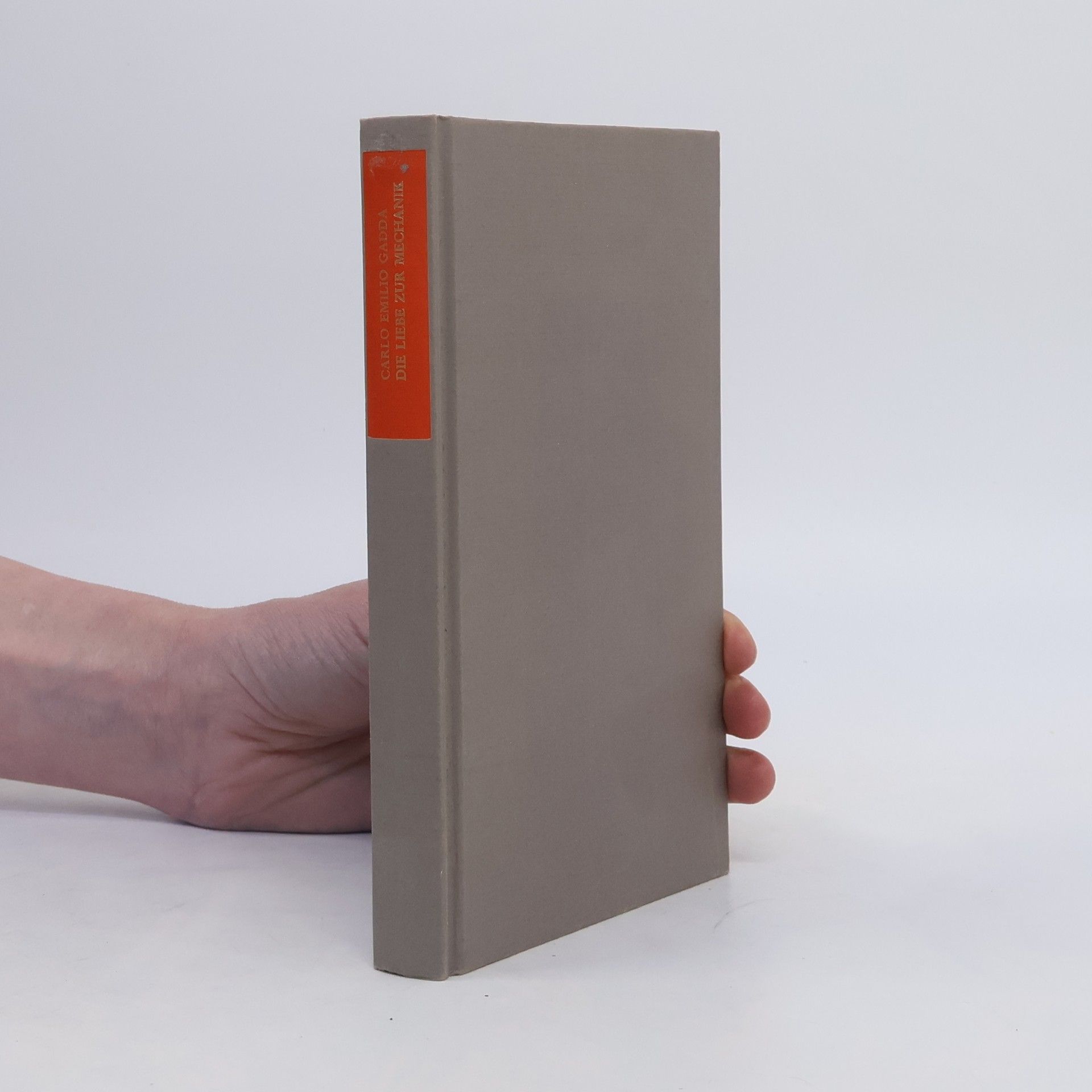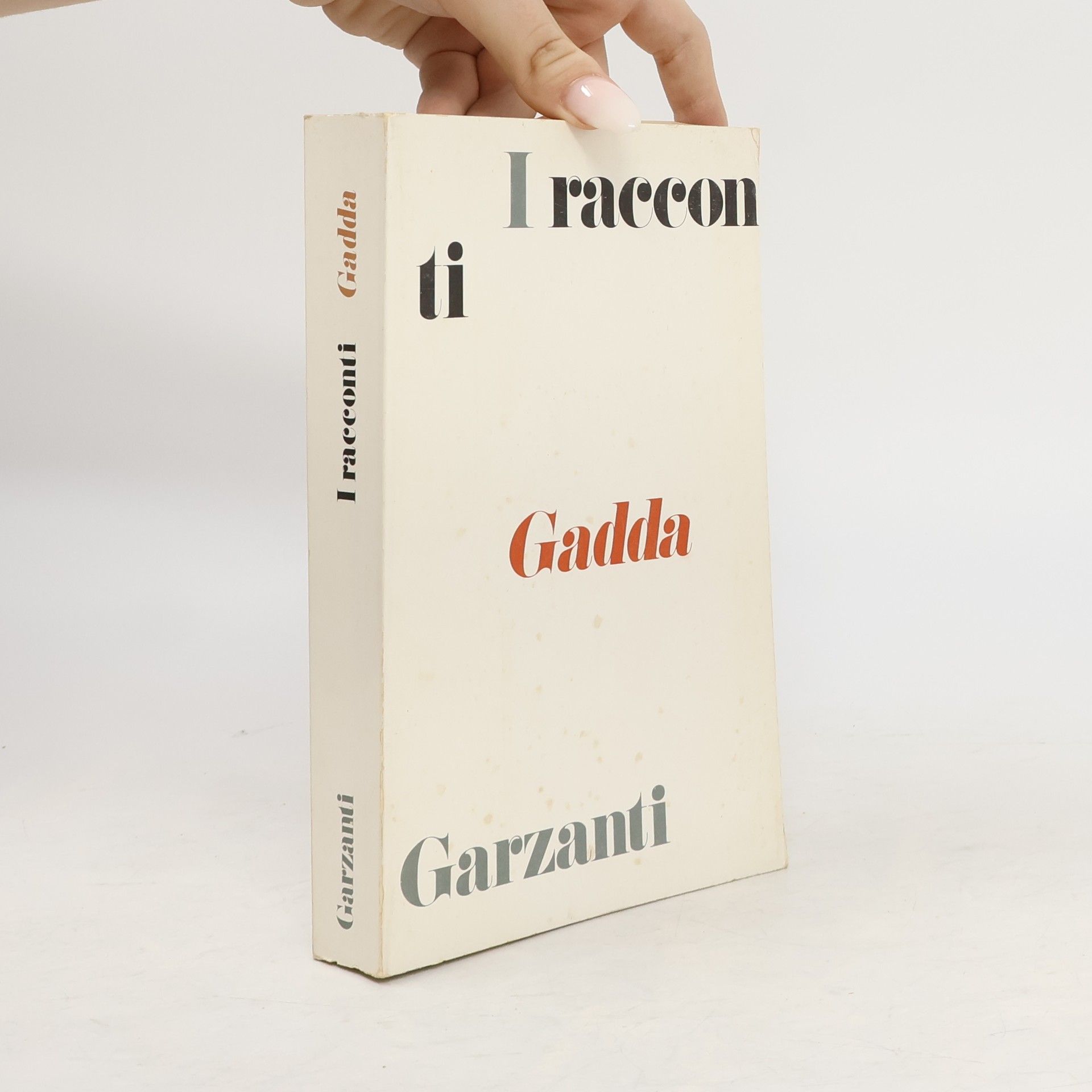Román zaujme ne tak nezvyklým námětem a dějem, jímž je vyšetřování hned dvou zločinů, loupeže a bestiální vraždy, jako spíše formou zpracování a úsilím obnažit samu podstatu zločinu.
Carlo Emilio Gadda Knihy
Carlo Emilio Gadda byl italský spisovatel a básník, který mistrovsky pracoval s jazykem. Jeho dílo je známé inovativním přístupem, kdy do standardní italštiny začleňoval prvky dialektů, technického žargonu a slovních hříček. Jako praktikující inženýr Gadda projevoval komplexní vztah ke své profesi, což se odráží v přesnosti a detailnosti jeho literárních děl, srovnávané s autory vědeckého ducha. Jeho jedinečný styl, kritizující měšťanské hodnoty skrze jazykovou disonanci, činí jeho prózu neopakovatelnou a provokativní.


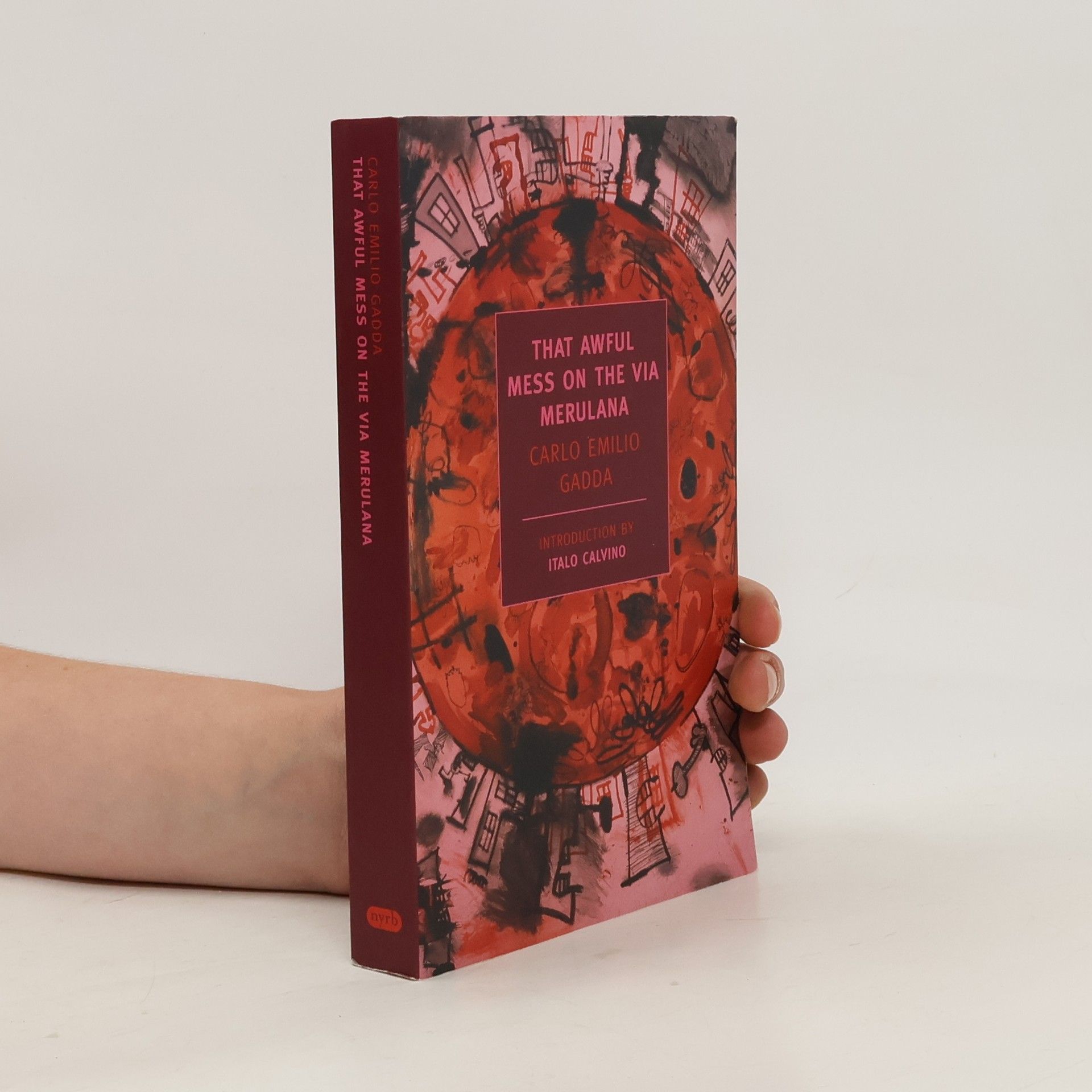

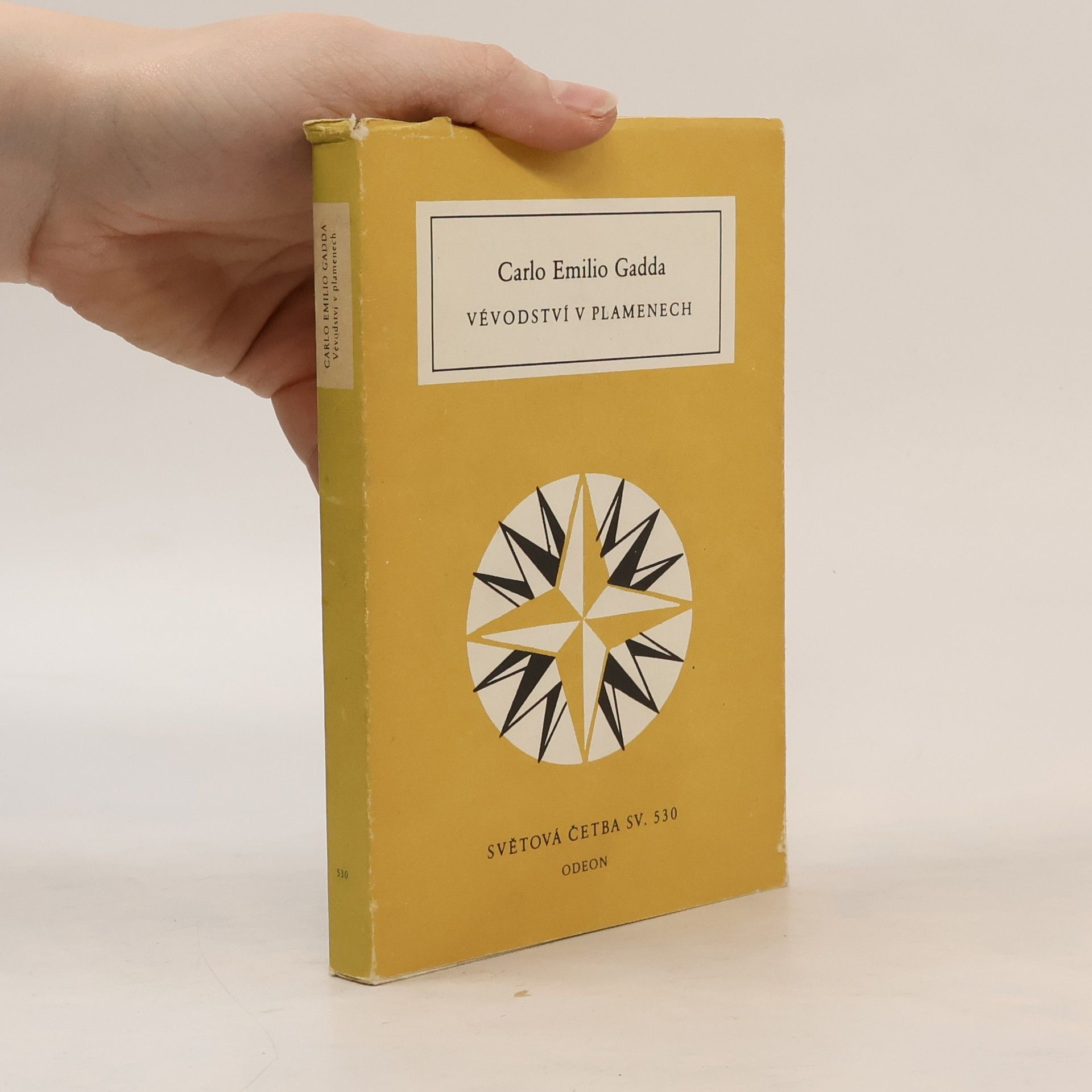
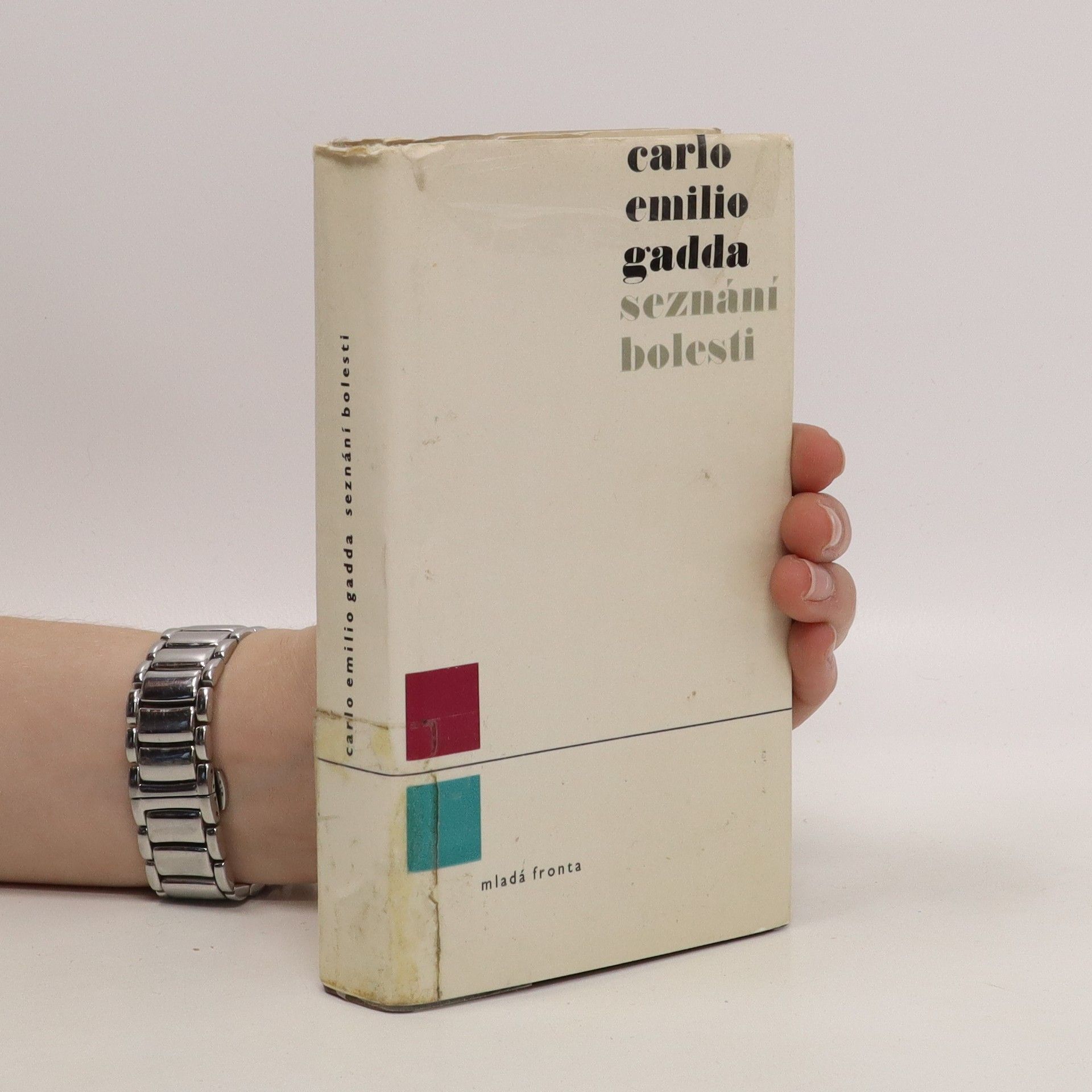
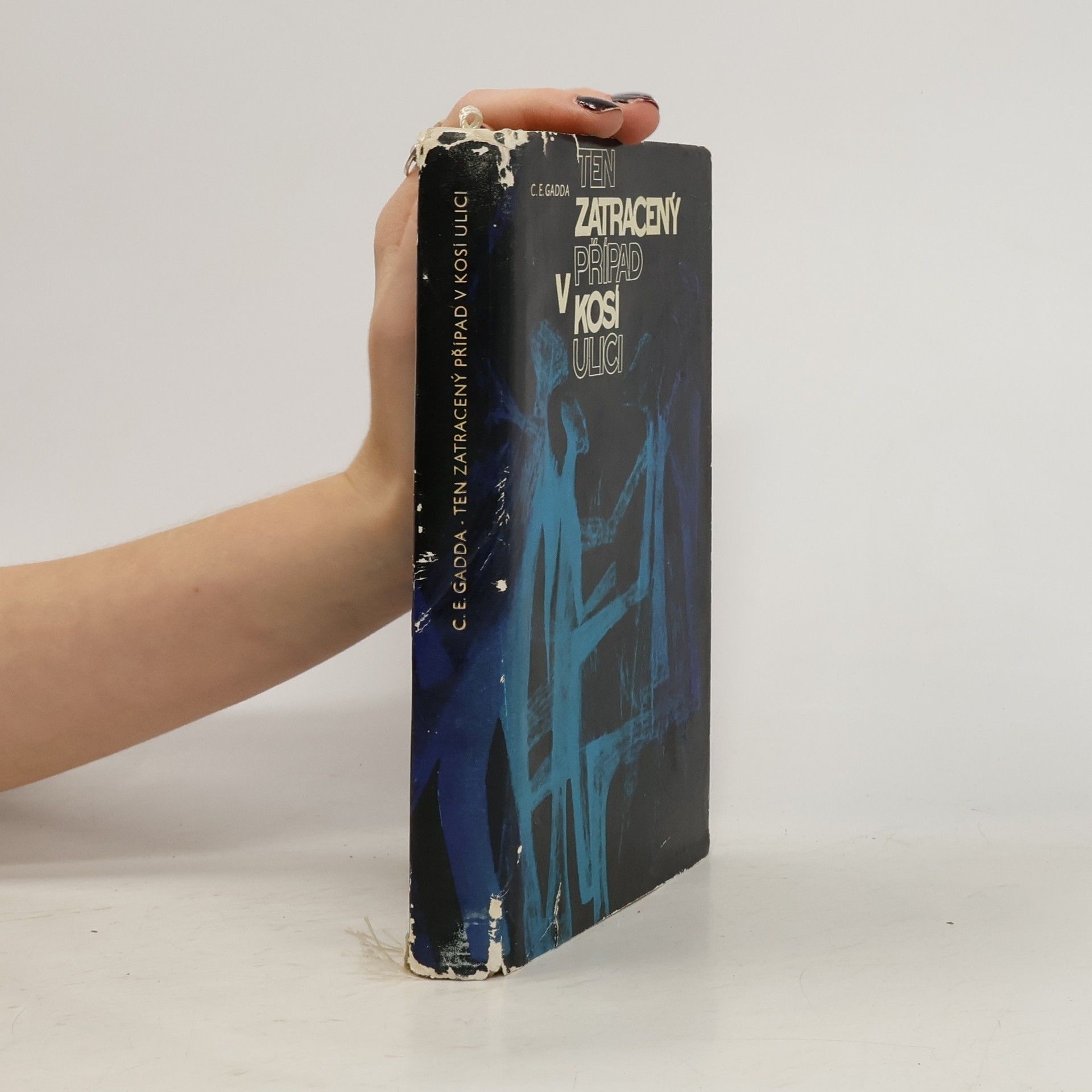
Osou románu, jehož děj je zasazen do smyšlené jihoamerické země, je analýza vztahu mezi matkou a jejím synem, posledními členy aristokratického rodu Pitobutirrů. Pro matku i syna je vzájemné soužití utrpením, které mělo v románě (nebyl dokončen) vyvrcholit tragédií. Gadda je vynikajícímstylistikem a mistrně popisuje psychologii svých postav. Kniha byla roku 1963 vyznamenána mezinárodní literární cenou Formentor.
Povídková kniha Vévodství v plamenech (1953) zahrnuje velkou část Gaddovy tvorby, a tak se dá považovat za ideální průřez Gaddova díla. Najdeme zde povídky na rozličná témata od událostí první světové války až po epizody z kriminálního života. Téměř všechny povídky se odehrávají vMiláně nebo se v nich alespoň objevují postavy výrazně milánské. Vévodství v plamenech mimo jiné obsahuje povídku Matka, jež je částí Seznání bolesti, a některé další povídky byly převzaty z jeho prvního pokusu o román, z Mechaniky. Stejně jako v Seznání bolesti se objevuje Gadda jako hlavní postava, tak tomu je také v jednotlivých povídkách.
The Experience of Pain
- 256 stránek
- 9 hodin čtení
'The seething cauldron of life, the infinite stratification of reality, the inextricable tangle of knowledge are what Gadda wants to depict' Italo Calvino At the height of Fascist rule in Italy and following the death of his mother, Carlo Emilio Gadda began work on his first novel, The Experience of Pain. This portrait of a highly educated young man whose anger and frustration frequently erupt in ferocious outbursts directed towards his ageing mother is a powerful critique of the society of his time and the deep wounds inflicted on his generation. Set in a fictional South American country, The Experience of Pain is at once richly imaginative and intensely personal: the perfect introduction to Gadda's innovative style and literary virtuosity. Translated by Richard Dixon
In a large apartment house in central Rome, two crimes are committed within a matter of days: a burglary, in which a good deal of money and precious jewels are taken, and a murder, as a young woman whose husband is out of town is found with her throat cut. Called in to investigate, melancholy Detective Ciccio, a secret admirer of the murdered woman and a friend of her husband’s, discovers that almost everyone in the apartment building is somehow involved in the case, and with each new development the mystery only deepens and broadens. Gadda’s sublimely different detective story presents a scathing picture of fascist Italy while tracking the elusiveness of the truth, the impossibility of proof, and the infinite complexity of the workings of fate, showing how they come into conflict with the demands of justice and love. Italo Calvino, Pier Paolo Pasolini, and Alberto Moravia all considered That Awful Mess on the Via Merulana to be the great modern Italian novel. Unquestionably, it is a work of universal significance and protean genius: a rich social novel, a comic opera, an act of political resistance, a blazing feat of baroque wordplay, and a haunting story of life and death.
Diese neu übersetzten Erzählungen zeigen "den Vater der modernen italienischen Literatur" als ironischen Beobachter einer bürgerlichen Welt, deren Verwicklungen er die Kunst seines 'Makkaroni-Stils' entgegensetzt.
Wenige Jahre vor seinem Tod stimmte Carlo Emilio Gadda (1893 - 1973) der Veröffentlichung seines ersten in den Jahren 1928 und 1929 sorgfältig erarbeiteten, jedoch unvollendet gebliebenen Romans zu. Es ist eine Geschichte aus dem ersten Weltkrieg, deren drei Schlußkapitel der Autor noch geschrieben, aber nicht mehr in das Romanganze integriert hat.
Come la Madonna dei filosofi anche il secondo libro di Gadda (1934) raduna «pecore randage»: scritture sparse, oscillanti tra le prose di diario, tratte dai ricordi della prima guerra mondiale, e le divagazioni su polemiche letterarie di quegli anni. Nella sua unicità, Il castello di Udine recalcitra a qualsiasi etichetta, anche a quella di «prosa d'arte», che conobbe una stagione particolarmente fortunata tra le due guerre. Ma lascia intravedere tutti i caratteri distintivi, per non dire proverbiali, del Gadda maggiore: l'ossessione dell'ordine e il ribellismo anarcoide, l'odio-amore verso Milano e la sua classe dirigente, la straordinaria perizia retorica e i limiti costruttivi dell'intreccio, il calligrafismo (ma sui generis) e l'oltranza espressionistica del grande pasticheur.

